Overview of the History of Photography and invention of the Photogram.
Timeline
1700s
Johann Heinrich Schulze– silver nitrate image of letters due to sunlight exposure – non-permanent image.
Johann Heinrich Schultze (1687-1744), a German physicist, made an accidental discovery in 1725, where he found that silver nitrate impregnated on gypsum in a jar, when left exposed to sunlight, turned dark on the side facing the window. After exposure, if the bottle was shaken, fresh silver nitrate replaced the exposed material near the glass surface.
1820s
Joseph Nicephere Niepce (1765 – 1833) – sheet of pewter coated in a type of asphalt
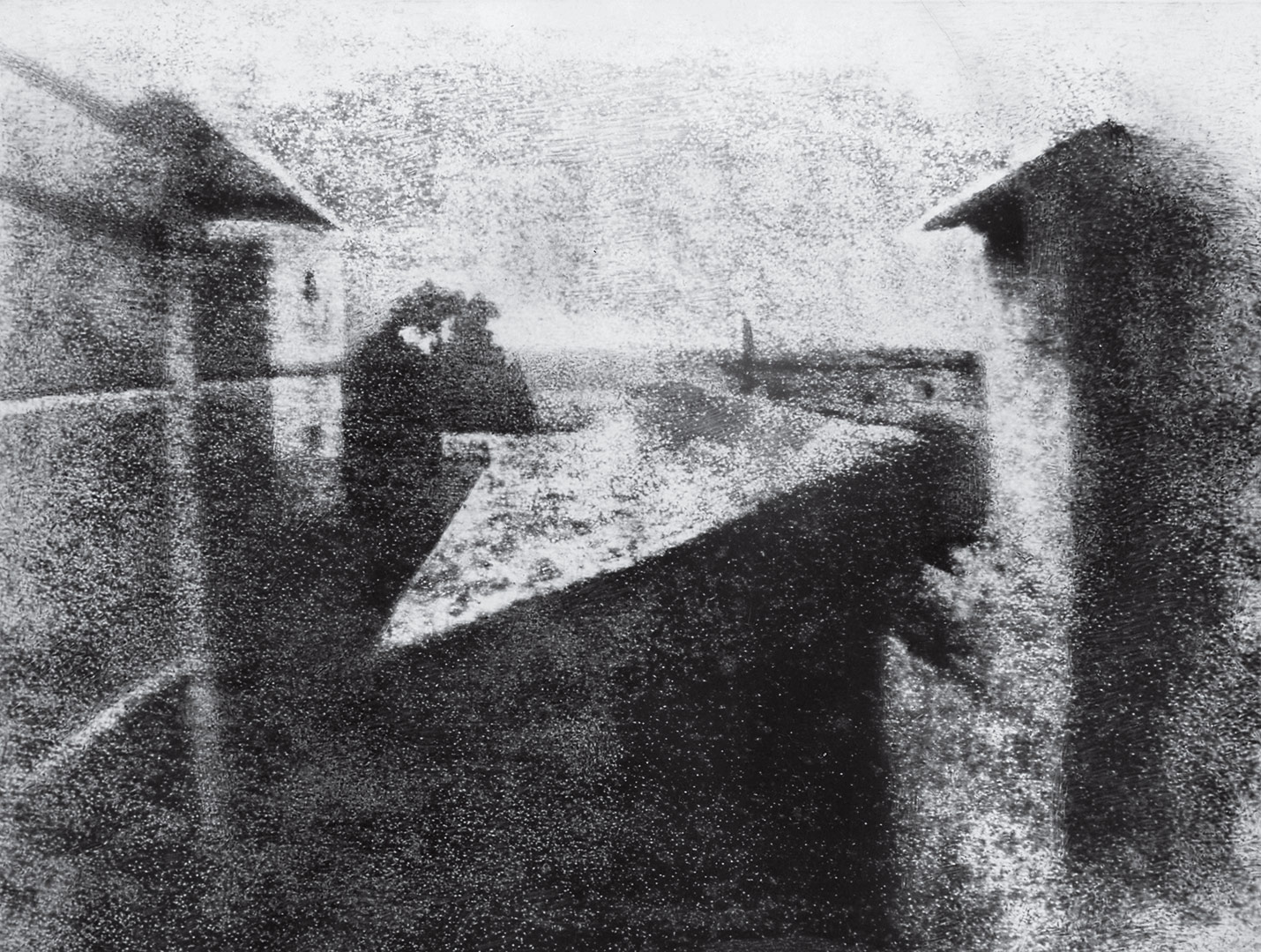
considered to be the first photograph – Niepce didn’t call it a photograph, but rather a heliograph, which comes from the Greek helios for sun and graphein for drawing
1830s
William Henry Fox Talbot (1800-1877) – salted paper photograms of botanicals and other objects.
Hippolyte Bayard (1807-1887) – direct positive cyanotype images.
Sir John Herschel (1792-1871) – astronomer, chemist and mathematician inventor of cyanotype and discovery of sodium thiosulfate as a way to fix the photographic image.
1850s
Anna Atkins (1799-1871) – “British Algae: Cyanotype Images”, first book that was illustrated using photography. Anne Dixon – worked with Anna Atkins on cyanotype photogenic drawings.
Wilhelm Conrad Roentgen (1845-1923) – discovery of X-rays, photogram of human hand.
Roentgen observed that objects placed between the tube and the screen caused shadow images to appear on the screen, and that this occurred even after covering the tube with black paper to eliminate the possibility of the effect being due to visible or ultraviolet light. He then tested the idea that this might affect a photographic plate as it had the screen. This represented the first exposure of a photographic plate to x-rays and radio-graphic imaging was a reality.
Man Ray (born Emmanuel Radnitzky, August 27, 1890 – November 18, 1976). American photographer and painter. He was brought up in New York, and he adopted the pseudonym Man Ray as early as 1909. Man Ray made his “rayographs” without a camera by placing objects such as the thumbtacks, coil of wire, and other circular forms used here directly on a sheet of photosensitized paper and exposing it to light.
László Moholy-Nagy (Hungarian pronunciationJuly 20, 1895 – November 24, 1946) was a Hungarian painter and photographer as well as professor in the Bauhaus school. He was highly influenced by constructivism and a strong advocate of the integration of technology and industry into the arts.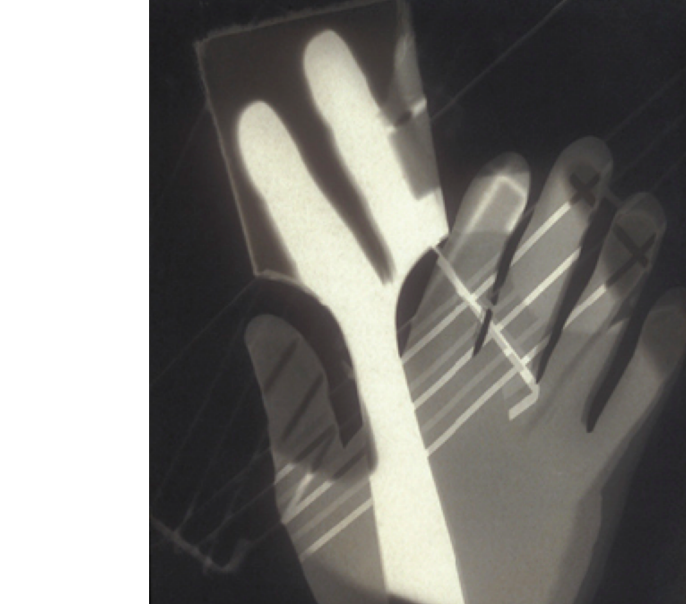
CONTEMPORARY ARTISTS WORKING WITH CAMERALESS PHOTOGRAPHY
LEN LYE
This slideshow requires JavaScript.
SUSAN DERGES
This slideshow requires JavaScript.
ADAM FUSS
This slideshow requires JavaScript.
History of the Pinhole Photography
The Camera Obscura is a natural phenomenon and has a long history. In its simplest form, it is a small hole (aperture) through which light passes from an object outside into a darkroom. The image appears upside down on the wall opposite the hole.

HISTORY
- Aristotle (fourth century BC) comments on pinhole image formation in his work Problems.
- The basic optical principles of the pinhole are commented on in Chinese texts from the fifth century BC.
- The Arabian physicist and mathematician Ibn al-Haytham, also known as Alhazen, experimented with image formation in the tenth century AD. He arranged three candles in a row and put a screen with a small hole between the candles and the wall. He noted that images were formed only by means of small holes and that the candle to the right made an image to the left on the wall. From his observations he deduced the linearity of light. (Hammond 1981:5).
- In 1475 the Renaissance mathematician and astronomer Paolo Toscanelli placed a bronze ring with an aperture in a window in the Cathedral of Florence, still in use today. On sunny days a solar image is projected through the hole onto the cathedral’s floor. At noon, the solar image bisects a “noon-mark” on the floor. The image and noon-mark were used for telling time (Renner 1995:6).
- The first published picture of a pinhole camera obscura is apparently a drawing in Gemma Frisius’ De Radio Astronomica et Geometrica (1545). Gemma Frisius, an astronomer, had used the pinhole in his darkened room to study the solar eclipse of 1544. The very term camera obscura (“dark room”) was coined by Johannes Kepler (1571–1630). At his time, the term had come to mean a room, tent or box with a lens aperture used by artists to draw a landscape. The lens made the image brighter and focused at a certain distance. (Adding a bi-convex lens to the camera obscura had been suggested by Girolamo Cardano in De subtilitate libri around 1550.) Thus this type of camera differed from the pinhole camera obscura used by Frisius in 1544. In the 1620s Johannes Kepler invented a portable camera obscura. Camera obscuras as drawing aids were soon found in many shapes and sizes. They were used by both artists and amateur painters.
- During the 19th century several large scale camera obscuras were built as places of education and entertainment. The meniscus lens, superior to the bi-convex lens, improved the quality of the projected images. Some buildings or towers with camera obscuras from this period remain today
- Sir David Brewster, a Scottish scientist, was one of the first to make pinhole photographs, in the 1850s. He was also one of the first to use the word “pinhole” in this context, or “pin-hole” with a hyphen, which he used in his book The Stereoscope, published in 1856. However, in 2009 Sam Morton, an 18 year old Scottish student, discovered that the word “pin-hole” was used in a similar optical context as early as in 1764 by James Ferguson in his Lectures on select subjects in mechanics, hydrostatics, pneumatics, and optics. Joseph Petzval used the term “natural camera” in 1859, whereas Dehors and Deslandres, in the late 1880s, proposed the term “stenopaic camera” (“sténopé-photographe”).
- By the late 1880s the Impressionist movement in painting exerted a certain influence on photography. Different schools or tendencies developed in photography. The “old school” believed in sharp focus and good lenses; the “new school”, the “pictorialists”, tried to achieve the atmospheric qualities of paintings. Some of the pictorialists experimented with pinhole photography.
- Pinhole photography became popular in the 1890s. Commercial pinhole cameras were sold in Europe, the United States and in Japan. 4000 pinhole cameras (“Photomnibuses”) were sold in London alone in 1892. The cameras seem to have had the same status as disposable cameras today – none of the “Photomnibuses” have been preserved for posterity in camera collections.
- Mass production of cameras and “new realism” in the 20th century soon left little space for pinhole photography. By the 1930s the technique was hardly remembered, or only used in teaching. Frederick W. Brehm, at what was later to become the Rochester Institute of Technology, was possibly the first college professor to stress the educational value of the pinhole technique. He also designed the Kodak Pinhole Camera around 1930.
OVERVIEW OF XEROX ARTISTS AND SCANNER PHOTOGRAPHY
The photocopy machine was first used by artists involved in the International Mail Art Movement in the ’60s, as a quick and inexpensive way to produce spontaneous small-scale collages and works of art suitable for mailing.
In 1968 the 3M Company developed the first colour copier and soon after it was used for experimentation, fun and art by people placing any object that fit onto the glass surface of the machine.
Artist Sonia Landy Sheridan is one of the most important and well-recognised figures in the development of Copy Art. In 1968 she was hired by the 3M Company as an artist-in-residence for the purpose of developing their colour-in-colour machine for commercial, graphic and artistic use. Her technical innovations include experiments involving the control of time and light exposures, resulting in the stretching and compressing of an image.
CONTEMPORARY ARTISTS WORKING WITH FLATBED SCANNERS
DR CHANTAL FAUST
This slideshow requires JavaScript.
KATRIN KOENNING
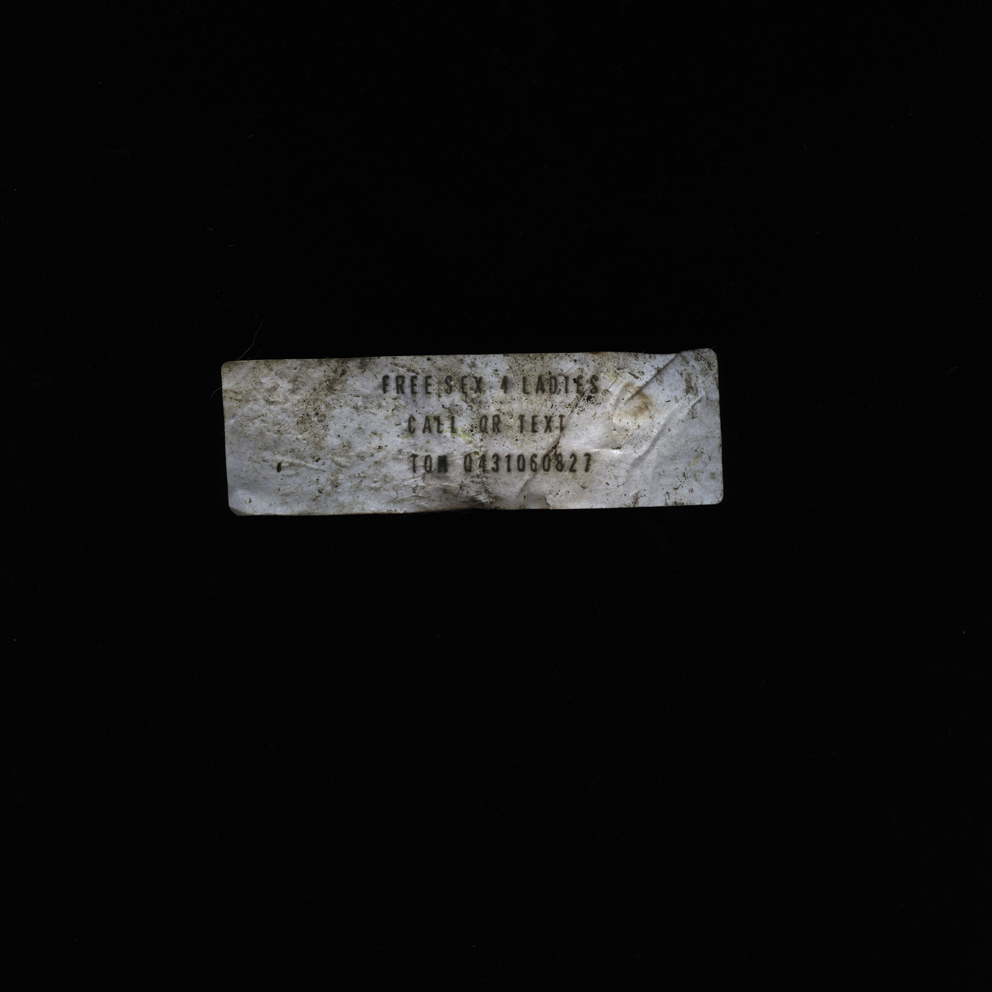
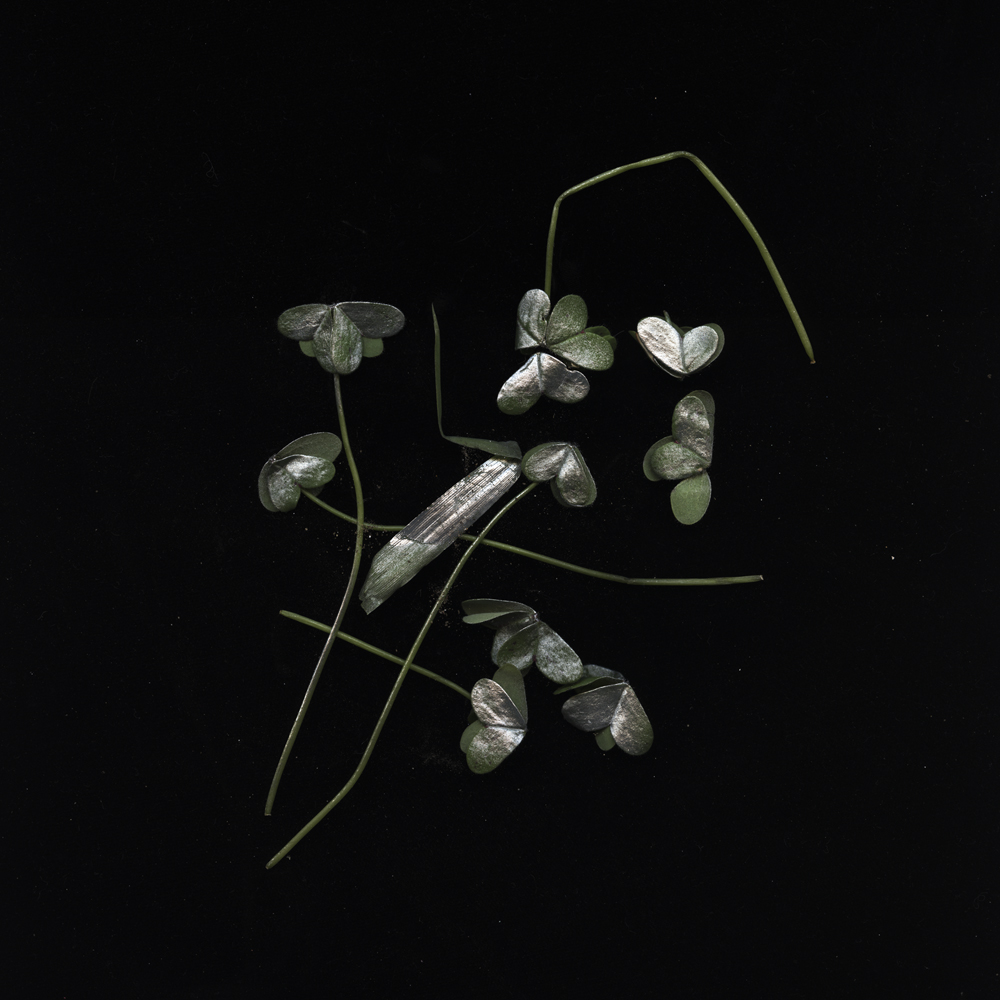
HONG HAO
This slideshow requires JavaScript.
JOURNAL EXERCISES
PHOTOGRAMS
GREY SCALE – 3 second exposures aperture – 8.0

OPAQUE IMAGE – 10 second exposure Aperture – 8.0
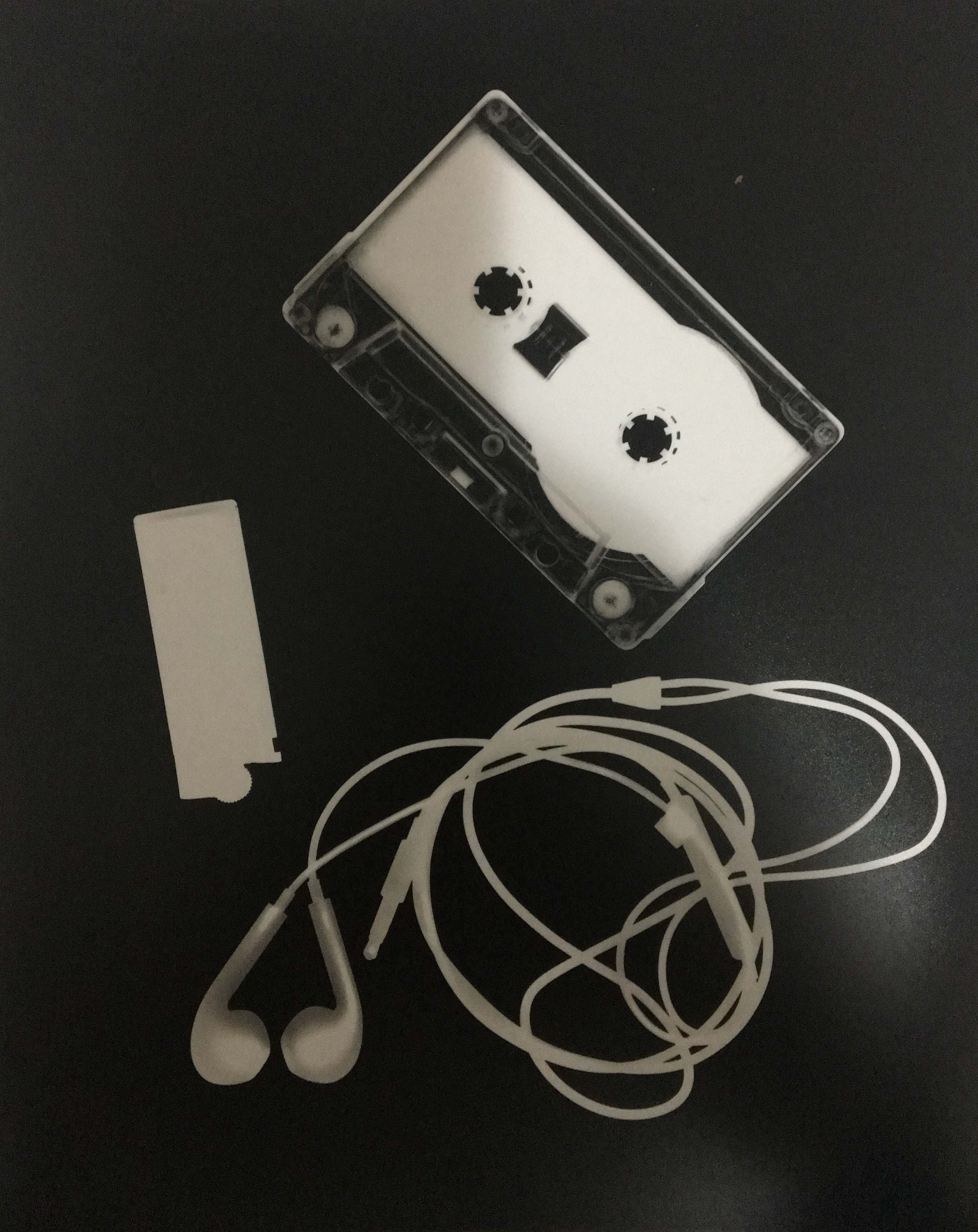
OPAQUE AND TRANSPARENT IMAGE – 10 second exposure Aperture – 8.0


MOVEMENT IMAGE – 10 second exposure Aperture – 8.0
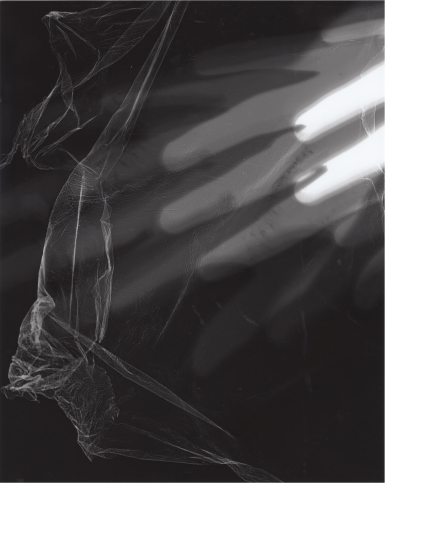
Process
For the photograms you lay your items on top of light sensitive paper, then expose the paper for a fixed amount of time. You can move objects as the exposure’s going or you can re-expose and move around items.
Analysis
I think the photograms were the most interesting exercise I did in CAVA125; it was very interesting to see how different objects can look as a photogram compared to a normal photo. I also like being able to do multiple exposures and make movement very apparent. After doing the photograms I’ve decided to use them for my major project, maybe with a combination of scanning in order to invert the images, which gives them quite a unique look in my opinion.
Reflection
I would have liked to be able to produce some more photograms and also be able to experiment more with them, but I’m excited to try experiment with it during the major project.
EXERCISE 2– DIGITAL PINHOLE
This slideshow requires JavaScript.
Process
The process of shooting with a pinhole is almost identical to shooting with a normal digital camera apart from the lens. The lens of a pinhole camera is tiny, literally the size of a pinhole, which affects the depth of field and aperture, meaning the exposure with pinhole’s need to be exposed for longer than a normal photo.
Analysis
I feel like all of the photos taken with the pinhole camera were quite blurry and unfocused, which is the style of it, but not something I particularly like. It’s also very hard to try and work out the framing of the photo, which doesn’t help with the usability and my experience with it.
Reflection
I think if I’d taken the pinhole to a different location I may have been able to get some better shots but also don’t feel like the digital pinhole process really suits my kind of photography and doesn’t produce the results I want.
EXERCISE 3 – SCANNING
BLACK BOX
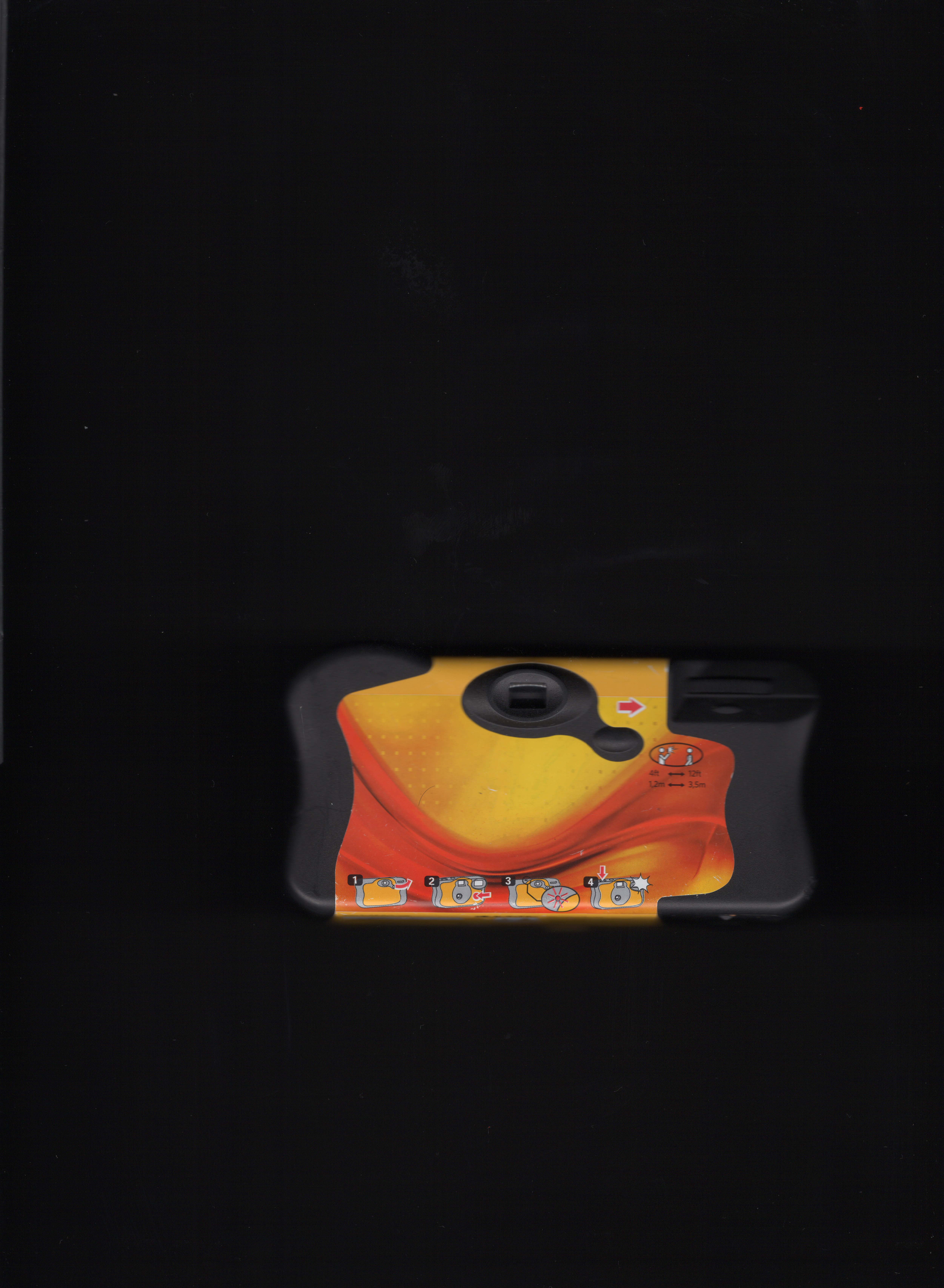
MOVEMENT
NEGATIVE
Process
A scanner is very easy to use. All it takes is a Xerox scanner and objects to scan, then use Photoshop to scan the image onto the laptop and save the image. The longest part of the process is waiting for the image to be scanned.
Analysis
Using the scanner is quite exciting and gives off really good results if the composition is strong. I definitely want to use an element of the scanner for my major project – most likely making positives by inverting the negatives, to make the objects look almost like shadows.
Reflection
I really enjoyed the scanner and found it interesting how different things turned out with a really shallow depth of field and a very high resolution.
MAJOR PROJECT IDEAS
I’m thinking of doing a combination of photograms and scanners for my major, most likely using things I’ve found on the ground (rubbish etc.) mixed with naturally found things like flowers and plants to show a contrast in the natural world and the effect of humans in nature.
Inspiration
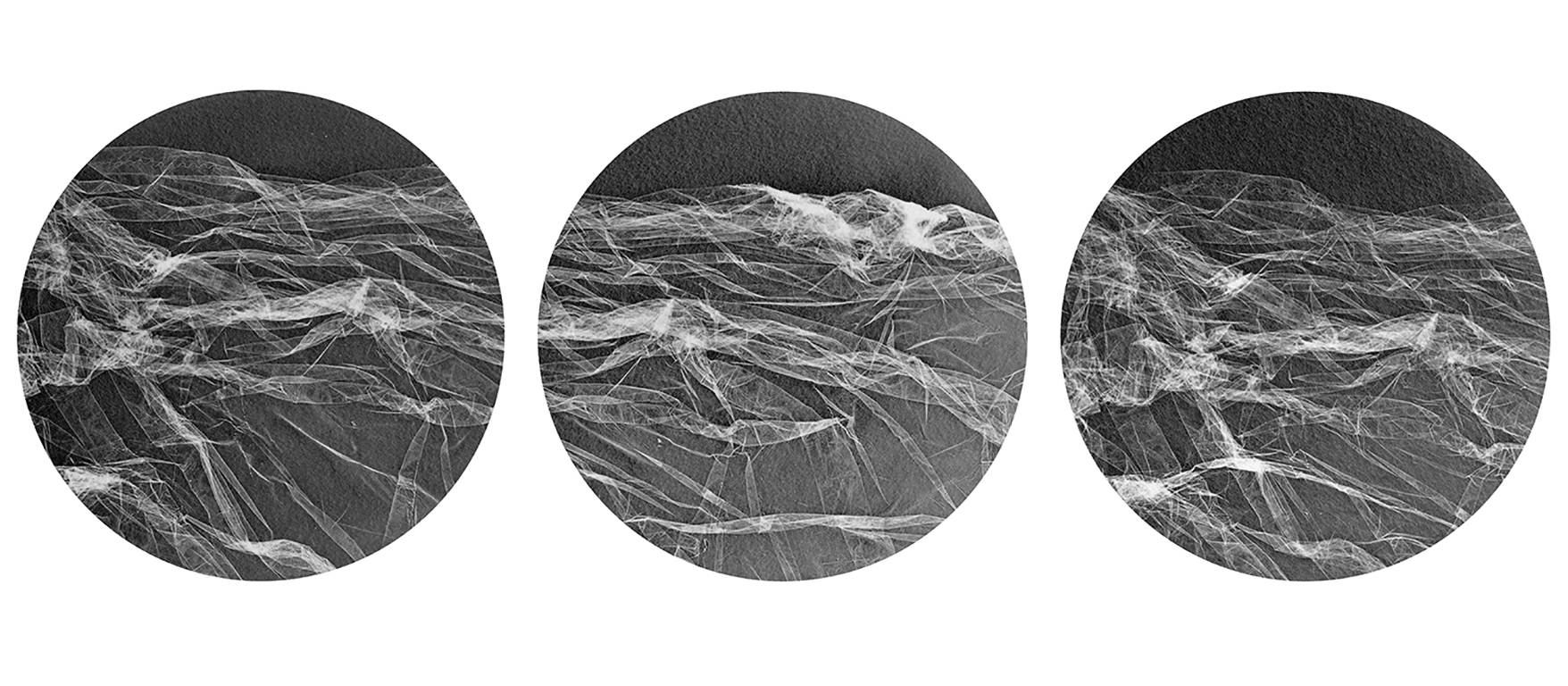
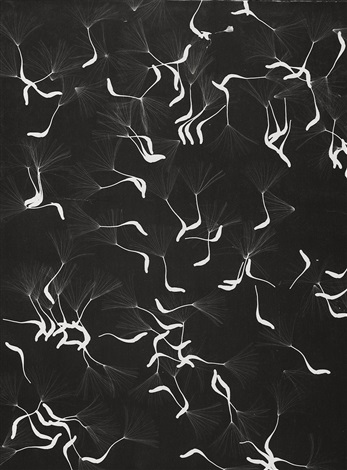
SELF DIRECTED MAJOR PROJECT
I found myself changing my idea multiple times as I discovered the confines and limitations of scanner and photogram forms. This lead me to end up having a hard time making my concept concrete until the very end of the semester, which gave me additional time and stress constraints. Over all I feel like I produce a solid body of work with a good theme and concept, but if I had given myself more time, and just settled with an idea earlier on, that I could’ve made it slightly better and more coherent.
When we did the photograms I really enjoyed the process of it, especially working in the dark room and seeing your photo come to life when put through the developing baths but ultimately found that they didn’t really suit what my final idea was.
I found the scanner very interesting as well, in terms of what could be done with resolution, which was a large part of my decision to use it for the final project.
FIRST IDEA
Originally I wanted to do something that represented plastic and its impact on aquatic environments, after being inspired by photos like these.
This slideshow requires JavaScript.
I was planning to try and make these kinds of images through photograms, and then scan them and invert them in Photoshop, to try and make the most of the tools we were given to work with.
I quickly realised that this kind of look wasn’t easily achievable with photograms and scanners after a few tests, as they gave no depth of field and it was hard to make the props look decent. I also realised I was over complicating what I was trying to do, and needed to think about why I was using the method, and what implications came from that.
After talks with Grant, I decided that I needed to work out what angle I was going for, especially in terms of why I was using the process I was.
SECOND IDEA
After deciding I wanted to use the scanner I tried to work out what kind of scanner art I would do. I found this photo:
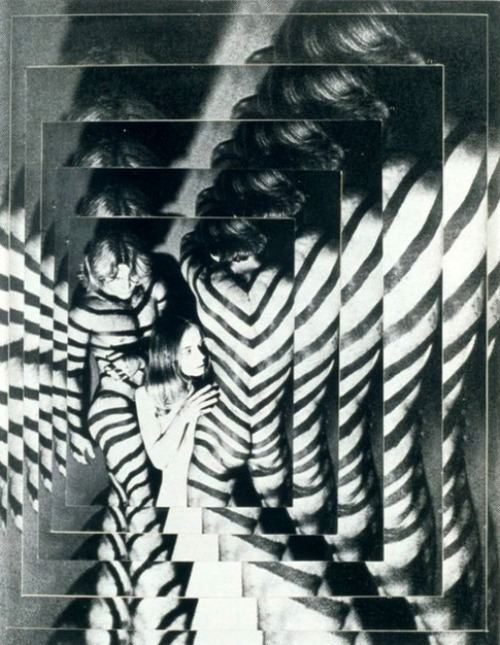
It gave me the idea of scanning a photo over and over again, slightly distorting it in a different way each time. Although I liked this idea, after a bit of deliberation with Grant, we figured that I could get the same effect by just using Photoshop and therefore wasn’t using the medium in its fullest form. I then found I only had around 2 weeks of class left to actually work out and try to print my idea. This caused me a bit of stress but also motivated me to see how effective I could be with the remaining class time.
THIRD IDEA
This made me try and work out what kind of art I could make with the scanner and what I could do to try and maximise the use of it. That’s when I thought of using the scanners resolution to try and find patterns in everyday items, the kinds of things you wouldn’t usually observe with the naked eye. With the intention of having a similar colour theme for a matching aesthetic, I looked for items that were red, yellow or orange. The idea came to me after I was looking around my room at had a match box catch my eye, as I saw the pattern on it, which I’d never taken any notice of before. This got me thinking about how I could produce essentially ‘macro’ images with the scanner due to its amazing ability to record detail. I knew that I had a solid idea after this and knew I just had to execute it properly within the time constraints.
My first tests we’re okay, but I found I needed to find more suitable items and retry the scans, which if I had been more organised and given myself more time, would’ve worked better. I enjoyed pushing the scanner to capture as much detail as possible, which made me very eager to continue working with it.
I ended up finding that it was harder to find items that matched up with each other, and maybe if I had given myself more time I would’ve been able to think about a series of items that would’ve worked together better but I still think given the circumstance I did well.
ARTIST RESEARCH
My inspiration for my first idea came a lot from artists making photograms, as it was the form I was most interested in at the time. I struggled to find artists that have used scanners to look at the details in everyday items but have found some along the way that’ve helped me develop my idea.
CONTEMPORARY
Rachel Thomson
I found her photos online while doing research, and her photos were the ones that originally inspired me for my first idea.
I wasn’t able to find a lot of information on Rachel, as she hasn’t had many articles or interviews online. There was a lot of her photos though and a small write up the series, which she called ‘Invasive Species’. I liked the way she turned plastic into an animal like from, turning something from the everyday into a meaningful series of pictures. I took this idea on for my second idea, taking the idea of turning an everyday item into something different.
Kim Preston
Although Preston didn’t use any of the forms we used this semester, I still found inspiration in the subject matter of her photos, especially in making plastic look like sea life. I wanted to try and use similar products to what she did but quickly found that it wasn’t possible.
Hong Hao
Hao use of a scanner if quite unique in the way that he captures hundreds of items in each scans. He records them in really high qualities as well, which I was inspired by and helped me further form my idea. As you can see, he makes patterns out of the items he uses, which also gave me an idea to look at patterns, just in a different form. All of his scans are really intricate and very well planned out, with every object looking like its deliberately placed.
HISTORICAL
Historically, there aren’t many artists that fit the style I ended up doing, so these artists aren’t as influential towards my work as the Contemporary artists were, but I found it helped me think of how many different ways a scanner can be used, which did help me eventually work out what to do.
Joseph Scheer
With an intention of recording high detail images of moths, Scheer gave me an incentive to look at the small things you’d often not give second thought. His work also helped me realise just how much detail a scanner can capture.
Additionally, all the artists I researched as part of the exercises helped me develop my ideas.
Len Lye helped me look at the abstract way camera-less photography can be used.
Chantel Faust helped me realise the unconventional ways a scanner can record an image.
ARTIST STATEMENT
My aim for my series of work was to show how in everyday life, there’s an unlimited number of unseen and unrecognised patterns, often invisible to the naked eye. By doing this I tried to show the full potential and ability of scanners and scanner art.
I tried to show what kinds of small patterns there are in everyday items, specifically those that you would see in a standard household. Aesthetically, I wanted the patterns to all be different but the colour scheme to be similar, in order to give it a matching visual, to make it feel like more of a series than just a random collection of photos in a high quality.
Instead of finding my concept then finding a medium to fit it, I found the medium I wanted to use then worked out the concept. I feel like this helped me be able to use the full capacity of what the scanners could do.
The main idea behind this series was to encourage people to look closer at what is around them in everyday life, rather than be lost in the moment and missing the small beauties of life. I wanted to put all focus on the detail, which is why I made sure to fill the frame with the object, not leaving any blank space.

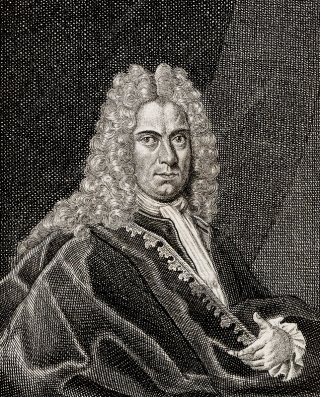

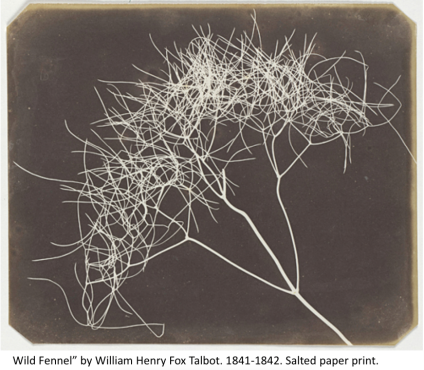
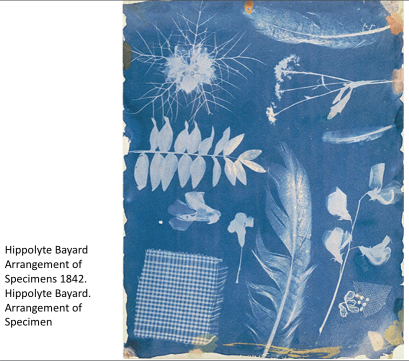
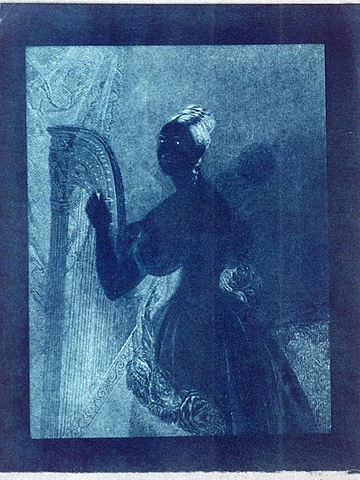
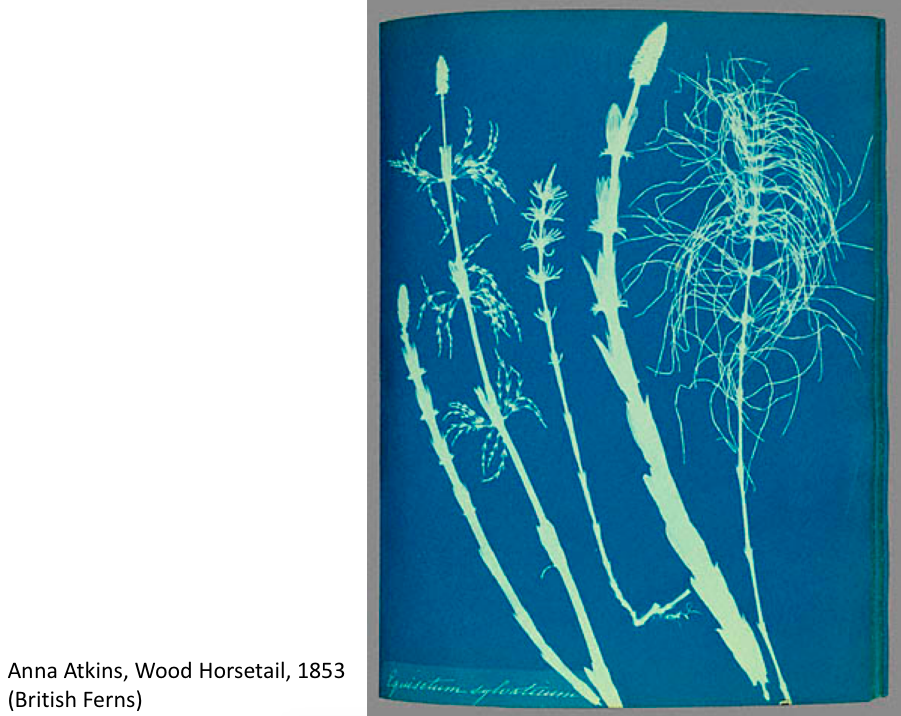
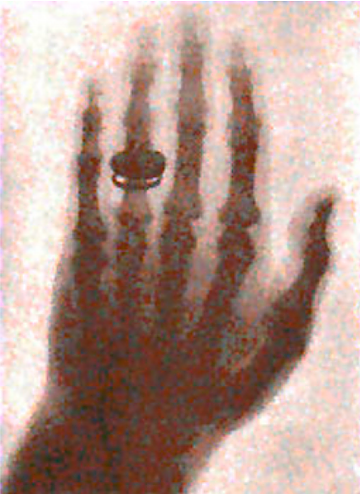























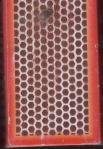



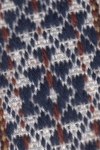
















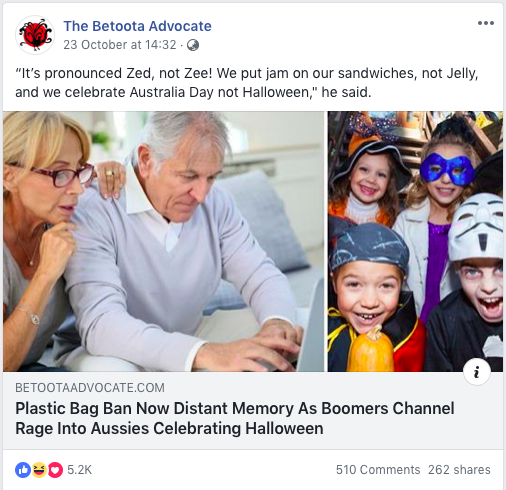
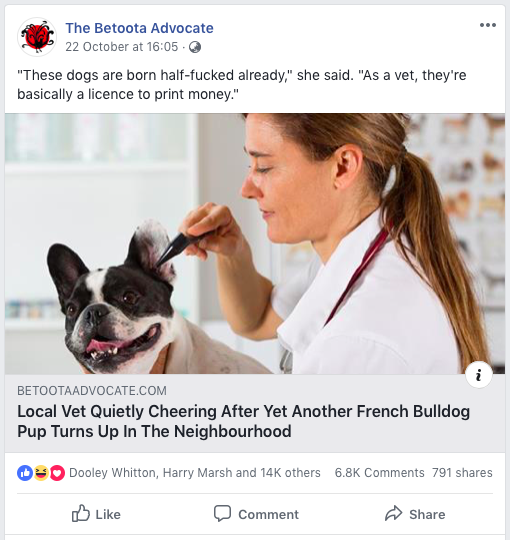
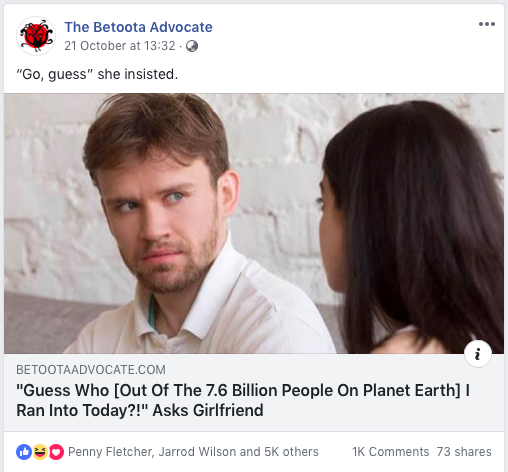
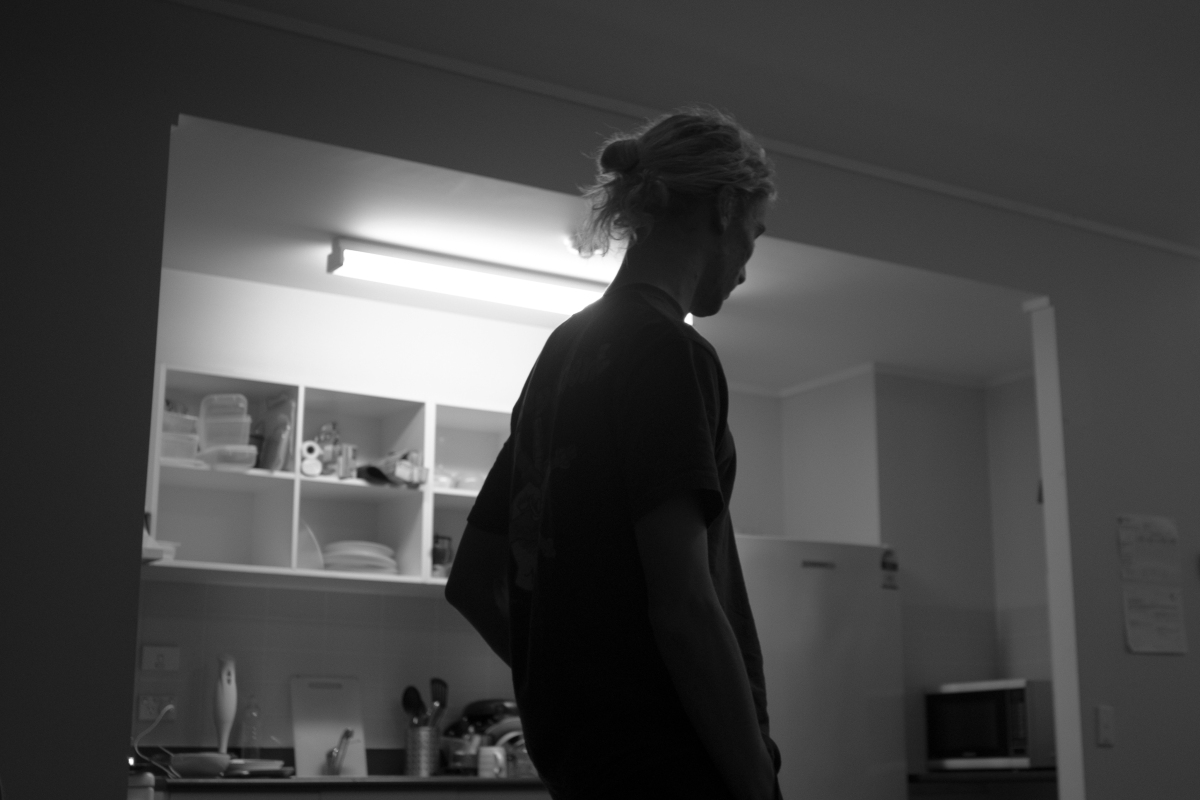
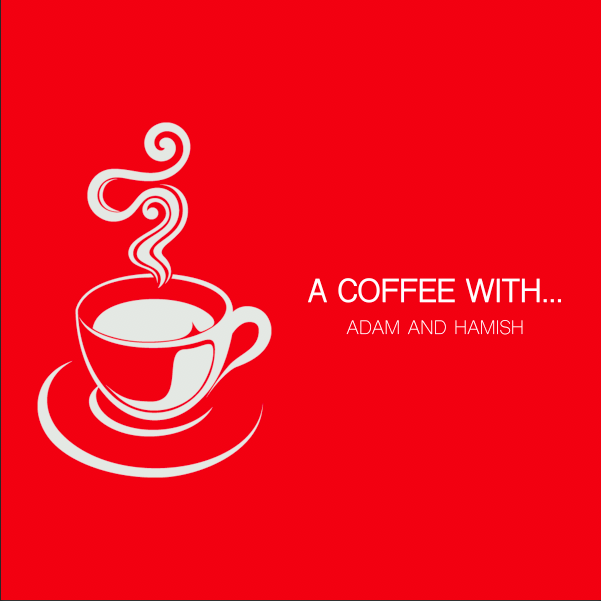
 .
.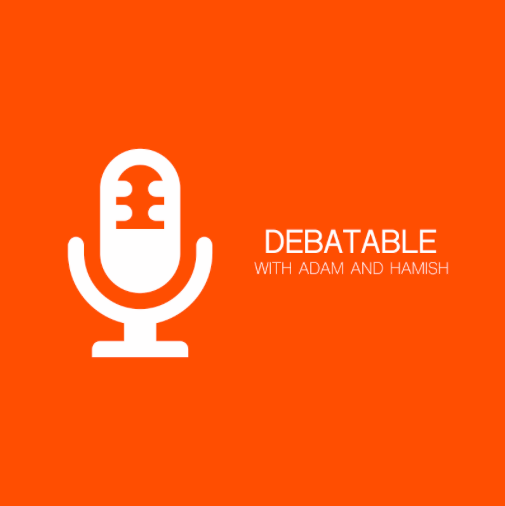
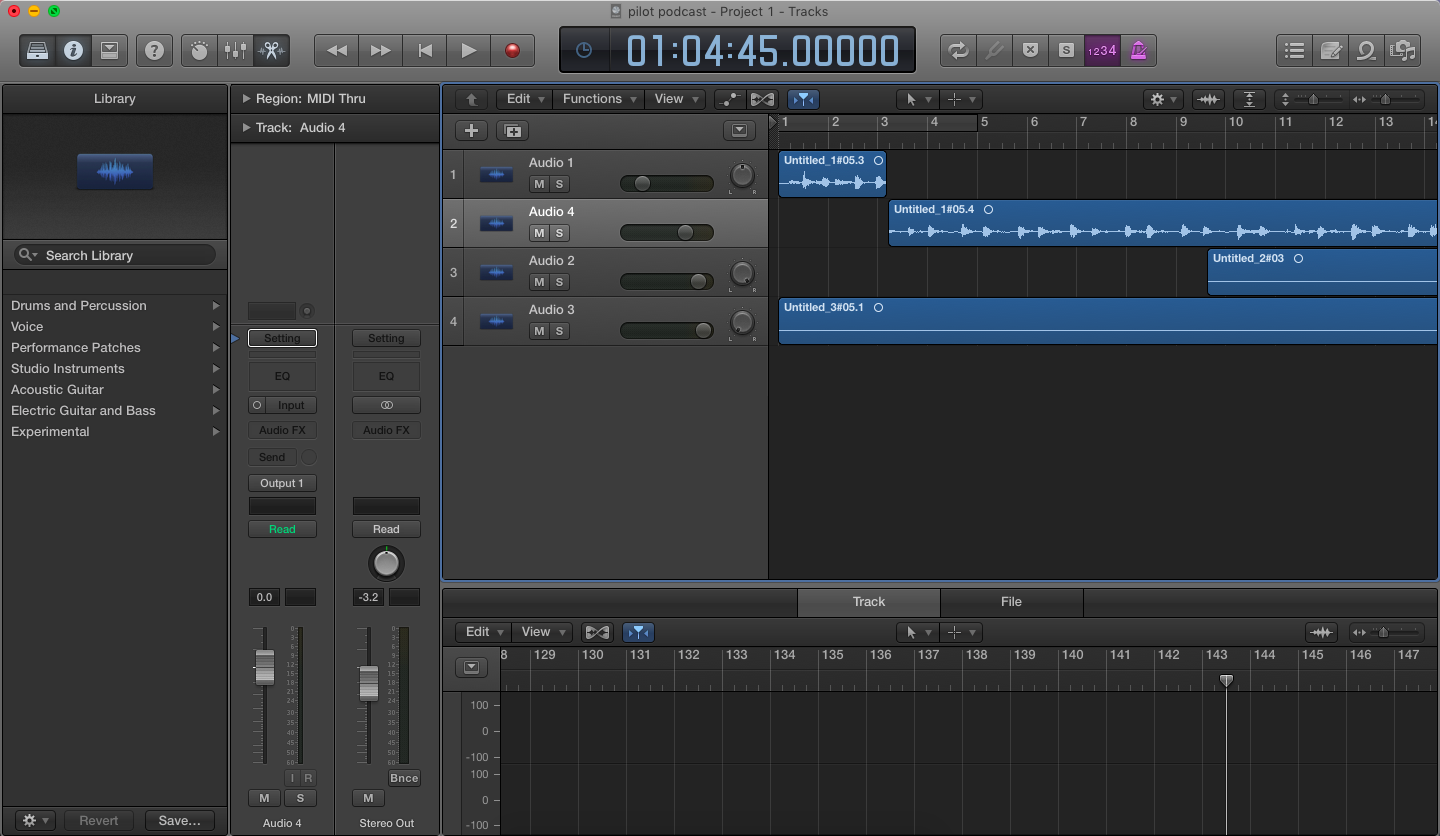 Our Logic Pro X work station
Our Logic Pro X work station


